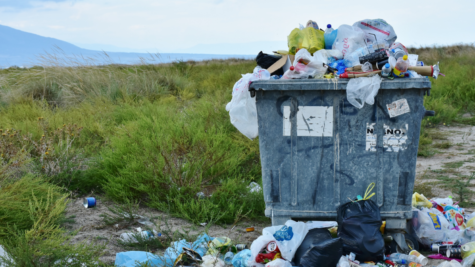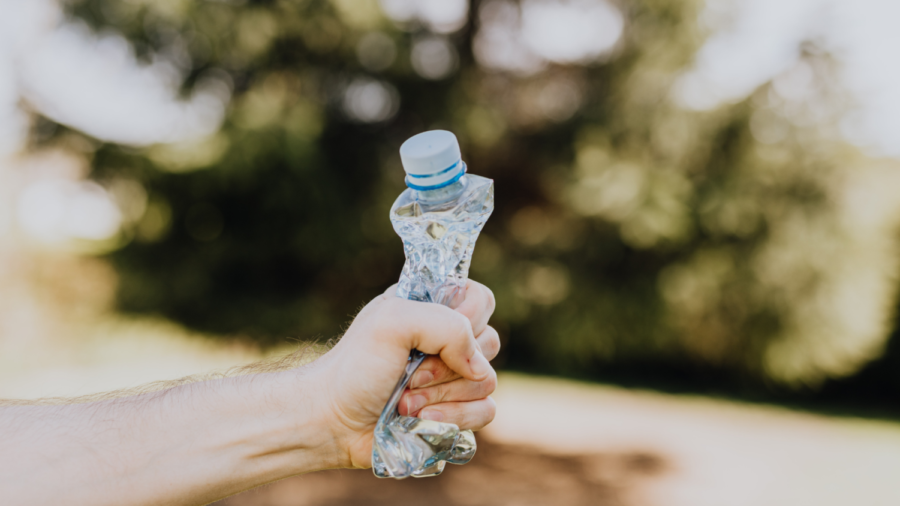Recycling meets reality
April 13, 2022
Did you know that every year we dump about 139.6 million tons of trash into landfills in the US alone? About 18.6 percent of that trash could get recycled. By 2050, Global waste will increase by 70 percent unless we crucial action. So what aspects could change to help reduce the amount of plastic that gets thrown away?
What if the government decides to fund all recycling? According to Politifact, the government spends over twenty-eight percent of its budget on health issues alone. Less than one percent gets spent on environmental causes. Imagine if more money got invested into recycling, making it free of charge for everyone. The world would look a lot different than it does today. Landfills would start to shrink, the amount of plastic dumped in the ocean would slow down, and the world would be a little cleaner as a whole. But it is not quite as simple as it seems.
Earth Talk editors from ThoughtCo state “A well-run curbside recycling program can cost anywhere from $50 to more than $150 per ton… trash collection and disposal programs, but, cost anywhere from $70 to more than $200 per ton. This demonstrates that, while there’s still room for improvements, recycling can be cost-effective.” The average landfill costs $500,000 to construct, but a recycling center could cost up to $11 million. Unfortunately, recycling is a much pricier route than we would all prefer. It could take millions of dollars for the government to spend to make recycling free.

What if companies only used products that would contain recycled materials? This would reduce the amount of new plastic that gets created, and it can help build brand loyalty from customers. MJS packaging claims that “Seventy-eight percent of consumers said that they would feel more positive about a product or manufacturer whose packages contained recycled plastic.” Yet, this could lead to dangerous products. In order for some plastics to get recycled, they must be deep cleaned using harsh chemicals, such as bleach. This will not guarantee that all products are safe to use. It is also a more expensive route than using regular plastics for products.
So what if everyone had to recycle? It would take a few years until pollution levels change, but the benefits would outweigh the wait. According to Stanford University, “A ton of soda cans made with recycled aluminum saves amazing 21,000-kilowatt-hours by reducing the virgin bauxite ore that gets mined, shipped, and refined. That is a 95% energy savings.” Some disadvantages should come into consideration. Some people may believe that recycling is doing anything but helping the environment. If recycling was mandatory, you are almost guaranteed a disagreement issue
for some.
If more people world recycles more, we can help lower the amount of garbage that ends up in landfills. We can save energy costs by reusing glass, plastic, paper, aluminum, and other materials. Regardless of whether recycling is a solution to help cut plastic waste, pollution levels will continue to increase. But what we all decide to do about this recycling problem is up to us.
